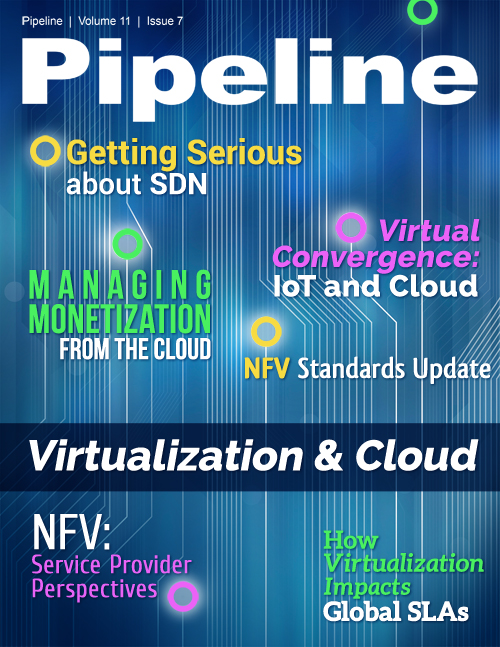Getting Serious about SDN in 2015
Where Does All This Lead?
I was told early in the NFV crusade, that you can have SDN without NFV, but you can’t have NFV without SDN. While that is admittedly true, there’s something else that service providers are missing if we’re going to get serious about SDN.
According to the respondents at the SDN/MPLS International Conference, the value of SDN is now about bringing products to market faster and generating revenue rather than operational cost savings. Only 26 percent prioritized revenue generation in 2013 and in 2014 65 percent are convinced rapid rollout of new services is the key. However, service providers are behaving as if network expansion is their only role in the delivery of these new services. The need for rapid definition and delivery of new services implies that those new services are defined and demand exists.
Adding capacity to support mobile downloads from YouTube is not a revenue-generating action. A “build it and they will come” strategy would seem to imply that enterprises other than service providers will be the ones making money from increased network capacity. Once the capacity is there, what compelling digital services are operators ready to offer banks, insurance companies, hospitals, farmers, shippers, and manufacturers? If the network isn’t the product, what is?
Deploying SDN in data centers, campuses, and private network environments is the obvious next step to further prove the technology and identify operational challenges associated with serving customers and scaling the architecture. Cost savings are already being realized in reduced cycle times for activating customers and fewer truck rolls. But making SDN orchestration mainstream will take a broader effort that affects every part of the business and nearly every existing system.
NFV alone does not deliver SDN orchestration. It takes service provider initiatives around processes, OSS/BSS solutions, integration, architecture, and strategy to put an environment in place that exposes network and operating infrastructure while making it user-friendly for customers. SDN will continue to reduce costs, technology challenges will be addressed and standards will eventually be set; but while we’re waiting, maybe service providers can also get serious about revenue-generating opportunities that will ensure SDN orchestration is not just inevitable but operational.


















